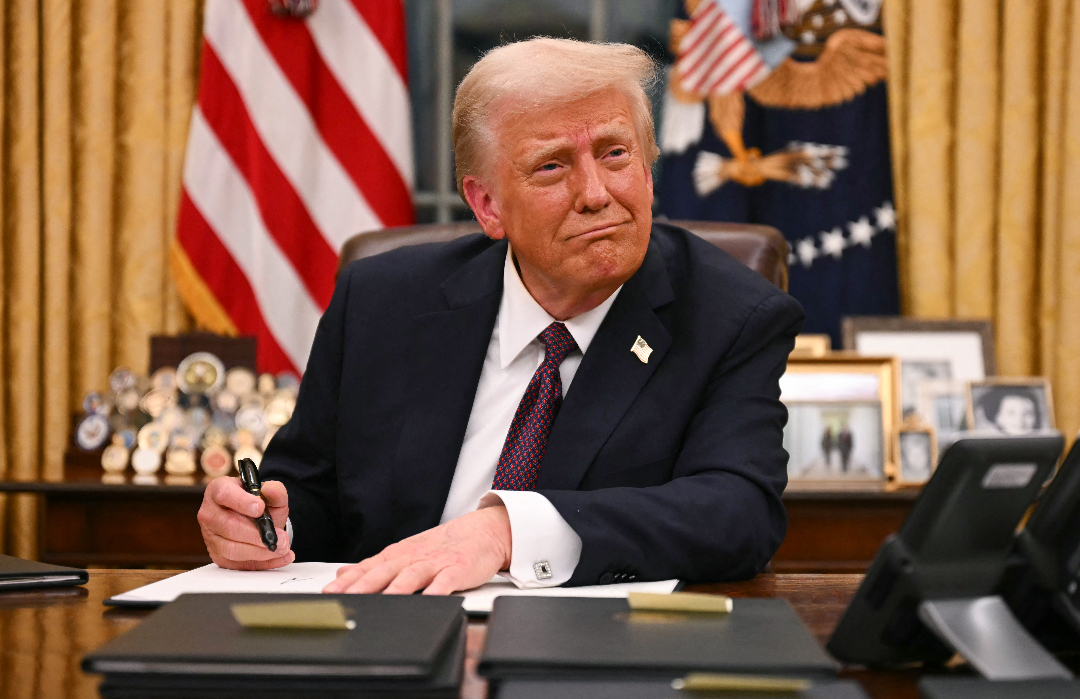If Donald Trump’s trade threats are real, the stakes for Canada’s economy are extremely high. His proposed 25 percent tariffs on Canadian goods imported into the United States could lead to a GDP decline of more than 2.4 percent and cost 1.5 million jobs — approximately 7.25 percent of all jobs in the country. This would exacerbate an already shaky Canadian economy with no clear path to sustained growth in sight. While Trump did not impose his promised “day one” tariffs, the new deadline of February 1 is fast approaching.
The data underscores the importance of the Canada-US trade relationship. The US is Canada’s top trade partner, while Canada fluctuates between first and third for the United States, alongside China and Mexico. Every day, CA$3.6 billion worth of goods cross their shared border, amounting $1.3 trillion annually. Millions of jobs on both sides of the border depend on this trade. The panic over railway strikes in Canada this past summer is a testament to the importance of this economic relationship.
Given this, it is not surprising that Canadian Labour Congress (CLC) president Bea Bruske recently declared, “This is a moment that demands an all-hands-on-deck, cross-partisan approach to stand against economic disruption and ensure stability for the working people who drive our economy. Workers should be central to this effort.”
For longtime activists and observers of the Canadian labor movement, the irony of Bruske’s response was striking. From the middle of the 1980s onward, the labor movement had fought tooth and nail…
Auteur: Gerard Di Trolio

